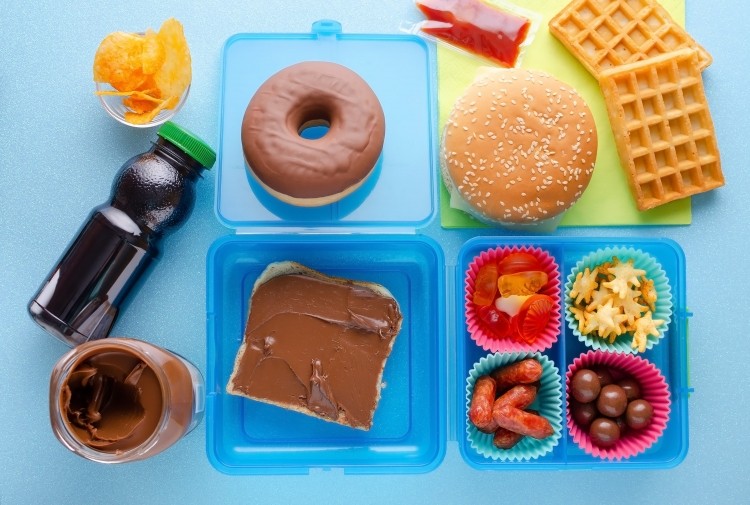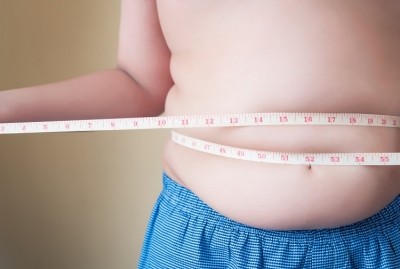‘School is a really good place to tackle childhood obesity’: Study measures impact of free school meals on obesity rates

Children consume a large fraction of their food energy at school, which is why researchers at the University of Essex have to sought to understand what impact school lunches have on bodyweight.
Specifically, Birgitta Rabe and Angus Holford, from the university’s Institute for Social and Economic Research, analysed the impact of the Universal Infant Free School Meals policy (UIFSM) on children across England.
UIFSM
UIFSM was first introduced in September 2014 for all children in state-funded English infant schools, at a cost of approximately £400 per child per years, plus considerable capital spending.
Interestingly, UIFSM was not introduced to reduce obesity rates. Rather, its aims were to improve children’s educational attainment, social skills and behaviour; ensure children have access to a healthy meal and develop long-term healthy eating habits; help families with cost of living; and remove disincentives to work.
However, childhood obesity and overweight is one of the biggest public health challenges facing the UK. More than one in five children aged 4-5 year is overweight or obese, according to data from the 2018/19 National Measurement Programme. By 10-11 years of age, prevalence rises to more than one in three.
Therefore, in a yet-to-be published study, Rabe and Holford decided to look at the effect of UIFSM on BMI and rates of obesity, overweight and healthy weight throughout children’s reception year at school.
Options before UIFSM
Prior to UIFSM’s implementation, just 18% of children qualified for free school lunches. All other families had the option of purchasing the same meal for their child at cost – around £2.30 on average.
Since England brought in high nutritional standards for school meals in 2008, children were assured that their lunch would be healthy and portioned appropriately to meet a 530 kcal-count.
The alternative is, of course, packed lunches. However, previous research has revealed that just 1.1% of packed lunches meet school food standards, and one-third include confectionery, a savoury snack and a sweetened drink.
The mean energy count for packed lunches is a significantly higher 624kcal, with just 11% meeting the calorie standard.
“This is basically already telling that that maybe making school meals free for everybody could have an effect on their bodyweight outcomes,” Rabe told delegates at the Westminster Food & Nutrition Forum on Children’s Food and Nutrition in England this week.
The findings
The researchers used school-level data from the National Child Measurement Programme (NCMP) from the 2007/08 to 2017/8 academic years. During this time, nurses visited each primary school in England, once per year, to measure children’s heights and weights.
By the end of the reception year, the researchers had observed a 1% increase in healthy weight prevalence amongst children from a base of 76% (up to 77%).
They found a reduction in obesity prevalence of 0.75%, and also observed reductions in BMI as a result of the policy.
Given the scale of these small wins, the findings beg the question: does UIFSM have a large effect on bodyweight in children? How should these figures be interpreted?
Far-reaching benefits
“I think it’s fair to say that in absolute terms, the [percentage difference] is not very large,” said Rabe during the online conference. “on average, the weight of children is reduced by about 65g, which is not a [huge] amount.”
However, UIFSM did take 7.5% of children under the obesity line, which the researcher said, compared to other obesity policies trialled in schools ‘is not a small effect’.
Indeed, compared with other governmental measures taken to reduce childhood obesity rates, ‘we’re not doing so bad with UIFSM’.
The significant change comes from an analysis of which children are benefiting from the programme. There was just a small uptake of free school meals for children already eligible, and a dramatic increase for those not previously eligible.
Results also revealed that neither the richest children nor the poorest saw the most health benefits from the policy, yet the majority in between these two extremes certainly did.
“We found that the policy of giving free meals to children in school does reduce…obesity rates and brings more children into the healthy range [during their first year of school],” Rabe concluded. “And the benefits seem to reach children from a wide range of backgrounds.”
Concerning potential financial gains for the state, a cost benefit analyses was conducted under the assumption that these effects were maintained as the children progressed through school, which the researcher stressed is as yet unknown.
“We found that the policy is actually value for money in terms of reduced direct healthcare costs and productivity…costs of obesity.”





















